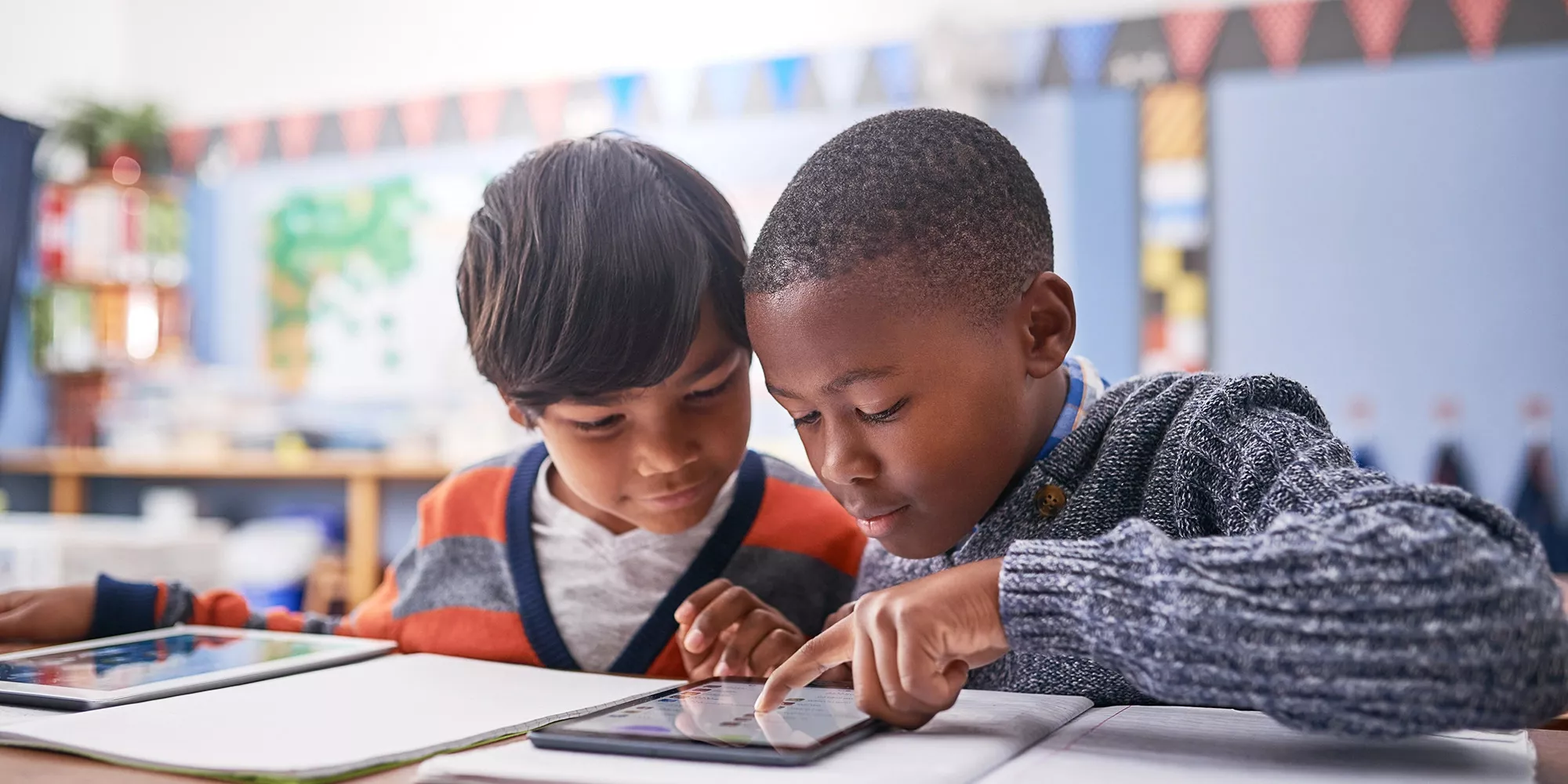Our mission
To accelerate learning for all children and adults of all ability levels and ethnic and social backgrounds worldwide.
Connect with us
Noteworthy


What Kids Are Reading: 2024 Edition
What are the most popular books at each grade level? How much reading practice do students truly need each day? Get the answers in the world’s largest annual study of K–12 student reading habits.
Download now